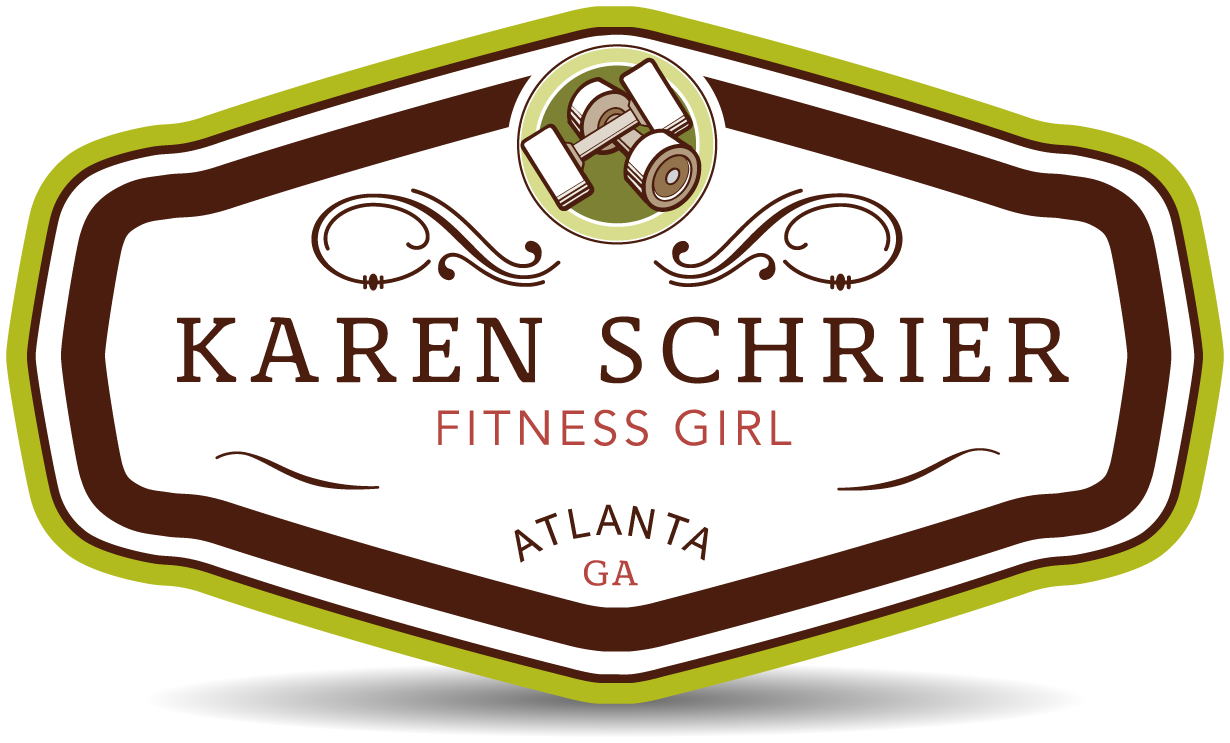Or: My relationship with my abs and beyond
It’s not easy to plank, but it’s one of the best exercises you can do without any props. Just you and the floor and your focus. That’s the hard part, the focus. I always say that exercising is not just physical, it’s also mental, and the plank is a fantastic example. When I plank with others, I often say “go to your happy place.” That’s my way of saying, take your mind off the exercise itself because your body can do it—it’s your brain that’s saying “I’m tired, I’m bored, I’ve done enough for today…” Transport yourself through conversation (as we do in class) or reading (as I sometimes do alone) or thinking about something other than holding yourself up in an admittedly uncomfortable position, and you CAN do a plank for a minute, or two, or even three.
Since I love to plank (or rather to have planked), and I certainly love to make others plank, I intend to share here 100 things to busy your mind so it won’t sabotage that wonderful plank.
Continue reading “100 Things to Think About While Doing a Plank”

 Close
Close